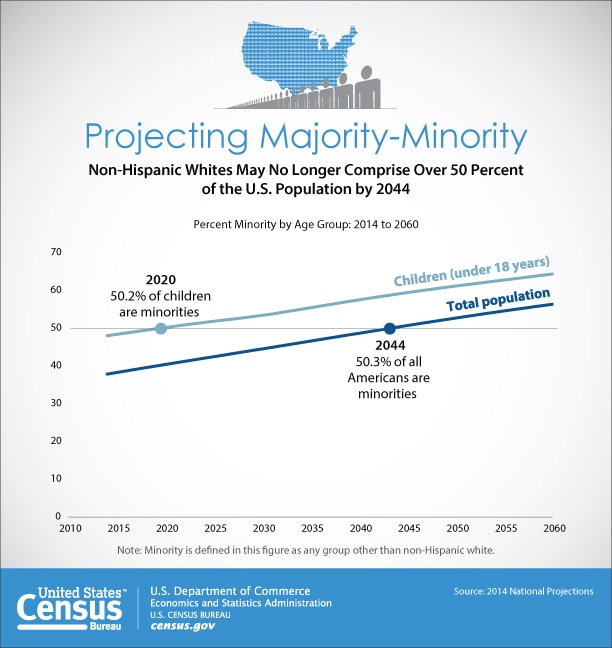A clerical correspondent writes us from the Southern coast protesting against the rapid tendency to amalgamation…Posted in Articles, Media Archive, Slavery on 2015-03-03 21:59Z by Steven |
Franklin Repository
1863-12-09
page 4, column 4
Source: Valley of the Shadow: Civil War Era Newspapers, University of Virginia Library
A clerical correspondent writes us from the Southern coast protesting against the rapid tendency to amalgamation. He says that he has been called upon to perform the marriage service repeatedly where the bride was mulatto, quadroon or octoroon, and he calls upon Congress to arrest this unnatural mingling of the races, which, to use his own language, “threatens the annihilation of the white race in the United States.”
We beg our correspondent to quiet his fears on the subject. He cites some half a dozen cases to vindicate his apprehensions; but not one of them presents the union of a northern man with the southern negress. All the happy grooms were either southerners or foreigners, and they have been adopting no novel social system. Slavery has never fastened its desolation on any land without carrying the social evil of amalgamation with it; and the crime has been peculiar to the chivalric and opulent rather than to the lowly. Had our correspondent cast a thought as to the origin of the mulatto, quadroon and octoroon brides of whom he speaks, he might have cherished a reasonable suspicion that amalgamation is not just dawning upon the world, but has blotted and blurred the whole social organization of the South ever since slavery came with its endless train of crime.
In the North, where the negro race is free and not the legitimate prey of a brutal master’s lust, amalgamation is very rare, and embraces only the most abandoned of both sexes; and we regard the destruction of Slavery as the only hope of dealing a death-blow to that unnatural evil. Slavery has been its parent, its shield, its apologist and stripped it of its hideous moral deformity by bringing virtuous wives and daughters and sensual sons in daily contact with it; and when its great foundation is destroyed, the whole structure of social pollution will fall with it. The remedy is not in Congress, but in the moral tone of the people, and that seems to be progressing well toward a better and brighter Nationality, free from the blistering stains of both legalized and lawless mingling of the distance races of the Continent.


